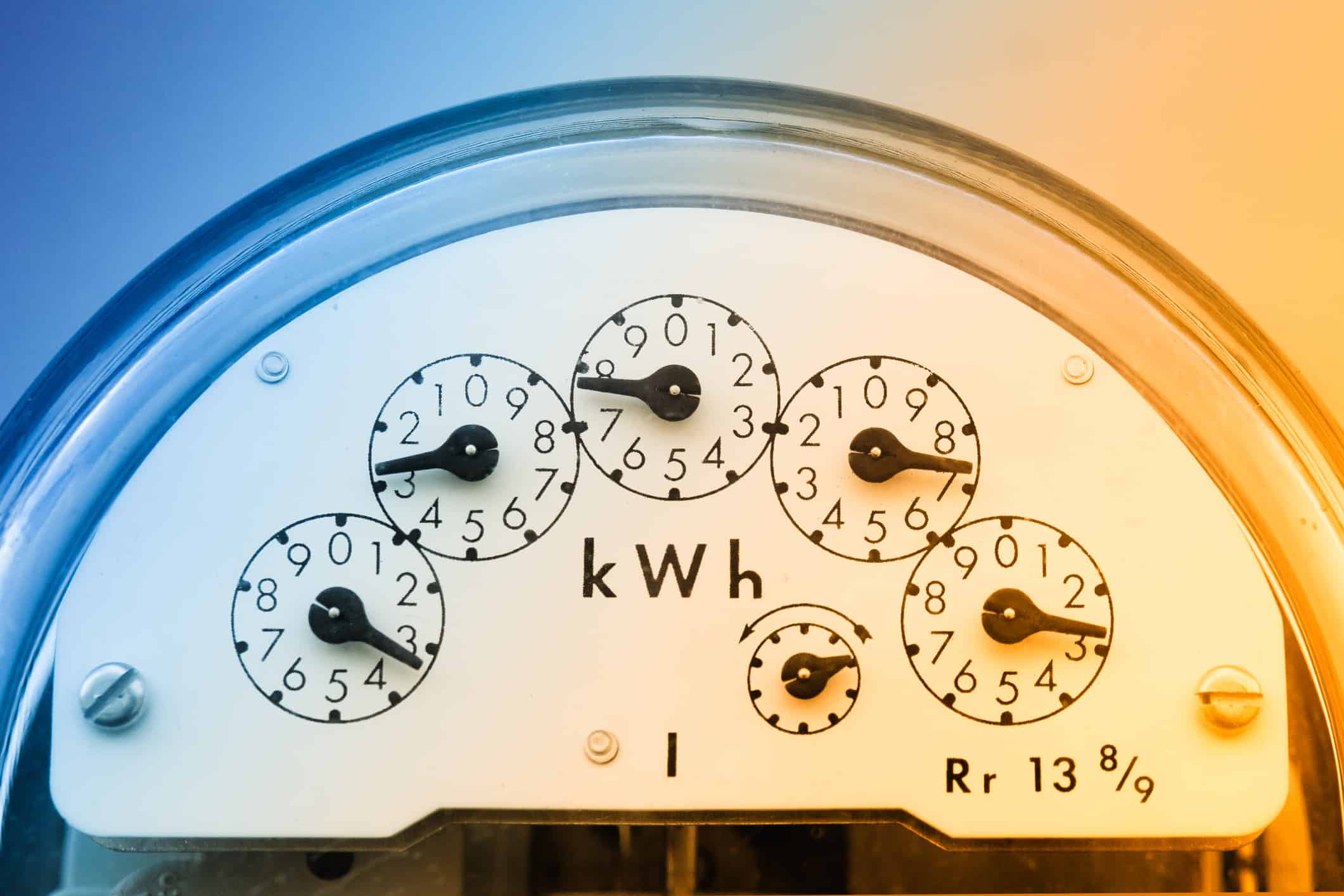Utility stocks have traditionally been safe investments for dividend investors. Utilities provide essential services to the modern world (like electricity, natural gas, and water) in a safe and predictable manner.
In return, they earn a contracted return on the investments they make. This makes them very predictable stocks for sustainable and steadily growing dividends.
Unfortunately, during the pandemic, a few aggressive utilities took on too much variable-rate debt. The consequence was they were forced to sell off assets and reduce their dividend (which is unheard of in the utility world).
Not all utilities are built the same. Here are three different types of utilities that look well set up for dividends and modest growth in the years ahead.
A utility stock for the decades
Fortis (TSX:FTS) is the gold standard utility stock in Canada. It has grown its dividend for 50 consecutive years. Fortis has 10 utilities across North America and the Caribbean. 99% of its revenues come from regulated distribution and transmission operations.
Fortis has a $25 billion capital plan of relatively low-risk projects over the next five years. From this, it hopes to grow its rate base by a compounded annual rate of around 6%. It plans to finance this largely with internally generated cash and some debt. This means it won’t largely dilute shareholders to create that growth.
Right now, it foresees growing its dividend by between 4% and 6% over that period. Overall, the company has a very conservative balance sheet, with much of its debt very long-dated. It has a dividend-payout ratio below 80%, so its current 4.3% yield is sustainable.
A natural gas utility stock
AltaGas (TSX:ALA) is not the most straightforward utility. It operates several natural gas distribution and storage utilities across the United States. It also has a large natural gas midstream operation across Western Canada.
The midstream business is volatile and tends to do well when natural gas prices are elevated. When natural gas is strong, this business segment is extremely profitable.
The utility helps balance out the volatility of the other segment. It also is growing faster than most, with an annual expected growth rate in the 8-10% range.
This utility stock yields 4%. After rightsizing its balance sheet in the past few years, this company has been steadily increasing its dividend.
It hopes to grow its earnings per share and dividend annually by 5-7% over the next five years. It targets a payout ratio between 50-60%, so its dividend should be sustainable if it can manage its debt thoughtfully.
An energy infrastructure stock with a nice yield
Pembina Pipeline (TSX:PPL) is not technically a utility, but it has very utility-like operations. It provides crucial infrastructure assets (pipelines, natural gas processing, storage, and export terminals) for the Canadian energy industry. 85% of its assets are contracted. The contracted income largely supports its attractive 5.85% dividend.
Over the past few years, Pembina has been generating more cash than it utilizes. As a result, its balance sheet is in very strong condition. While the company has not been growing overly much, it has been positioning for a large acquisition or capital project.
It continues to evaluate opportunities (LNG, Transmountain). In the meantime, the dividend is well-covered, and the company has been growing it by the low single digits over the past few years.








